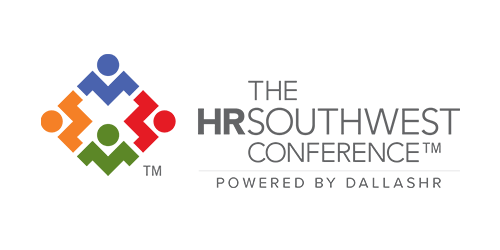
Talent Acquisition Challenges in the Era of Digital Transformation
We don’t have to tell you that collectively, we’re living in an era of seismic change and disruption. You already know it—and, like many HR professionals, you’re probably witnessing how the nature of work is changing each and every day.
In fewer than 20 years, disruption has remade the global business leader landscape. During this time, commerce and communication has migrated from print, telephone, and brick-and-mortar locations to the digital realm. This sea change has driven more than half of the ’00 Fortune 100 companies out of business—a dramatic shift the World Economic Forum calls the Fourth Industrial Revolution.
Just as the nature of what we buy and how we buy it has changed, so has the nature of how we work and where we accomplish it. This pace is only going to get faster. Organizations who keep pace with change and find new opportunities to thrive will only do so when their leadership and talent can rethink and reorient products, go-to-market strategies, and customer experiences with agility. This requires building a pipeline for future talent.
The labor market is competitive, though, and the war for talent is real. More than a third of employers globally and over 40% of US employers have difficulty filling jobs, especially those who require specific skillsets or critical credentials. How can you hire talent to steward the future when you’re facing an uphill climb in the present?

Taking a strategic approach
Being proactive about talent management offers a good place to start. This can include:
- Embracing perpetual recruitment into your approach, so you’re not only looking for talent when a role needs to be filled.
- Ensuring you’re offering competitive compensation and benefits, which can be key to attract, retain, and reward talent for hard-to-fill positions or leadership roles.
- Taking succession planning head-on, so you’re not left with a leadership void when key talent leaves or retires. This is especially important as Baby Boomers, who accounted for 50% of the workforce in 1995, will represent only 10% of the workforce by 2025, according to the Bureau of Labor Statistics.
- Prioritizing diversity and inclusion in your recruitment efforts, so you have access to the widest possible pool of qualified candidates.
- Promoting fair compensation practices across your organization.
- Fostering a reputation as an employer of choice, which can help to reduce turnover—and, by extension, reduce the costs of recruitment and hiring.
Tapping technology
The advent of technology that can assist in making hiring decisions will also shape the talent management landscape in the coming years. From embedding machine learning and artificial intelligence in candidate screening to rethinking compensation and benefits, technological developments will offer new ways to approach the challenges of talent management in this age of rapid digital change. Since 1939, DallasHR has served Dallas area HR professionals, helping them advance their careers and build their networks through education, events, and support. With more than 2,200 engaged members, DallasHR is the nation’s third-largest affiliate chapter of the Society for Human Resources (SHRM). DallasHR powers The HRSouthwest Conference, the official State of Text SHRM Conference and—with 2,300 annual attendees, speakers, and exhibitors— one of the largest regional human resources events in the US.






